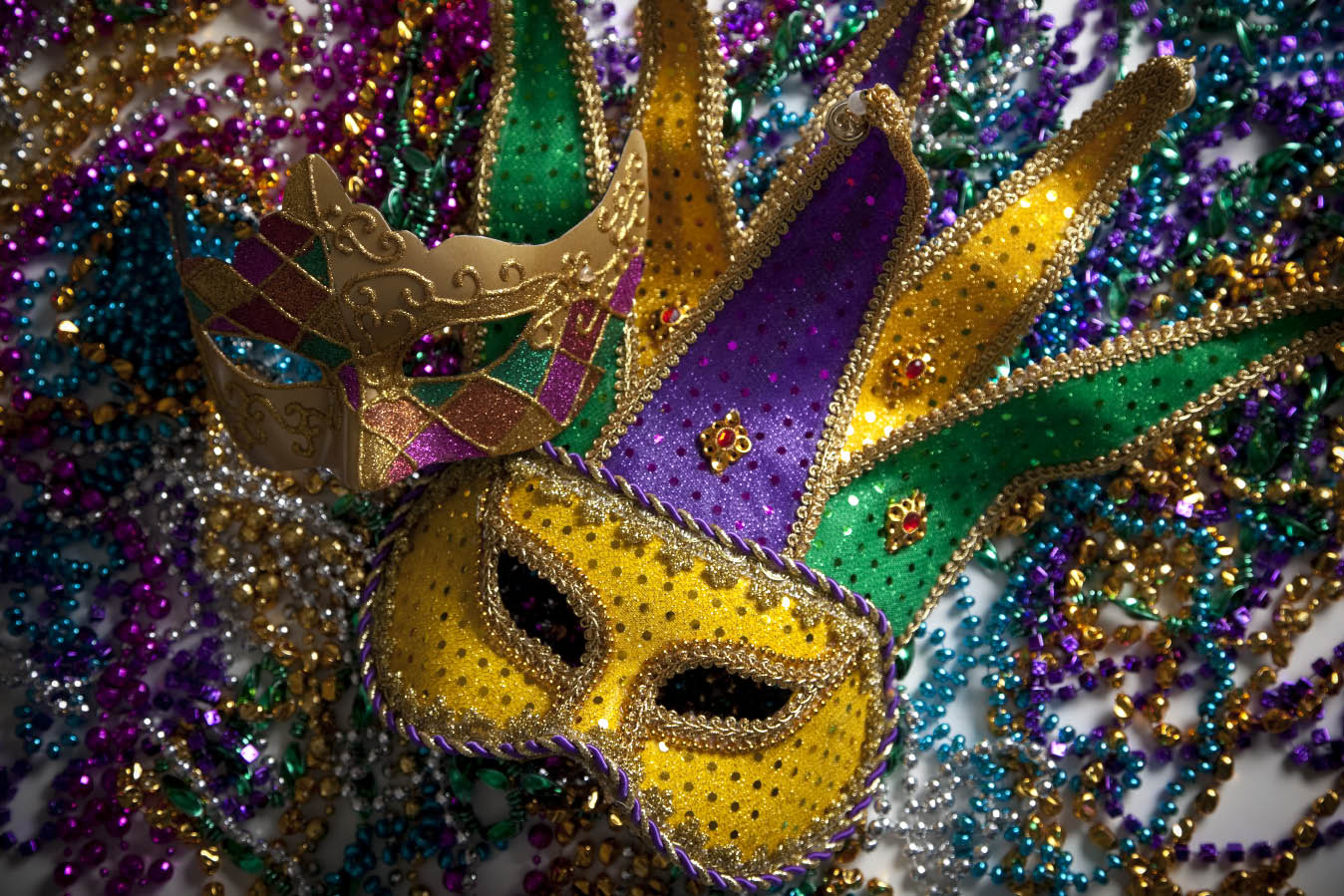What would a government do if somebody proclaims himself King of Chaos and parades the city streets with revelers, acrobats, clowns, jesters, dancers and brass bands?
Arrest him! Put him behind the bars!
But in idyllic-sylvan Goa, the state government spends a fortune to aid King of Chaos or King Momo govern his unruly kingdom. Every year, a new King Momo is selected from amongst the people of Panaji. He rules as the King of Chaos for three long days, ordering his subjects to “eat-drink-and-be-merry.”
The street revelry in Panaji, Vasco, Margoa, Ponda and Mapusa is embraced by hundreds of thousands of NRI Goans, locals, foreigners and peoples from all parts of India.
An estimated 250,000 Diaspora Goans flew to Goa this year in February to join the revelries during the Goa Carnival.
The festival is an opportunity to visit their villages where birds still chirp, sea waves generate plumes of froth as they dash against the shores and villagers brew feny from cashew nuts, much as their forefathers did.
Non resident Indians, especially overseas Goans, were instrumental in the global popularization of the Goa Carnival since its revival in 1962. Every year thousands of them flock to Panaji for the carnival from Canada, Europe, USA, Africa, Asia and Australia. Entire cities in Goa are festooned with flowers, papers, balloons and colorful ribbons.
The festival was introduced by the Portuguese and its character has been preserved with street processions of clowns wearing gaudy-colorful dresses and people donning decorative masks and dancers hooping it up in the streets. The Carnival, which begins around Easter Sunday, this year displayed colorful floats, amazing dances and colossal parades.


You must be logged in to post a comment Login